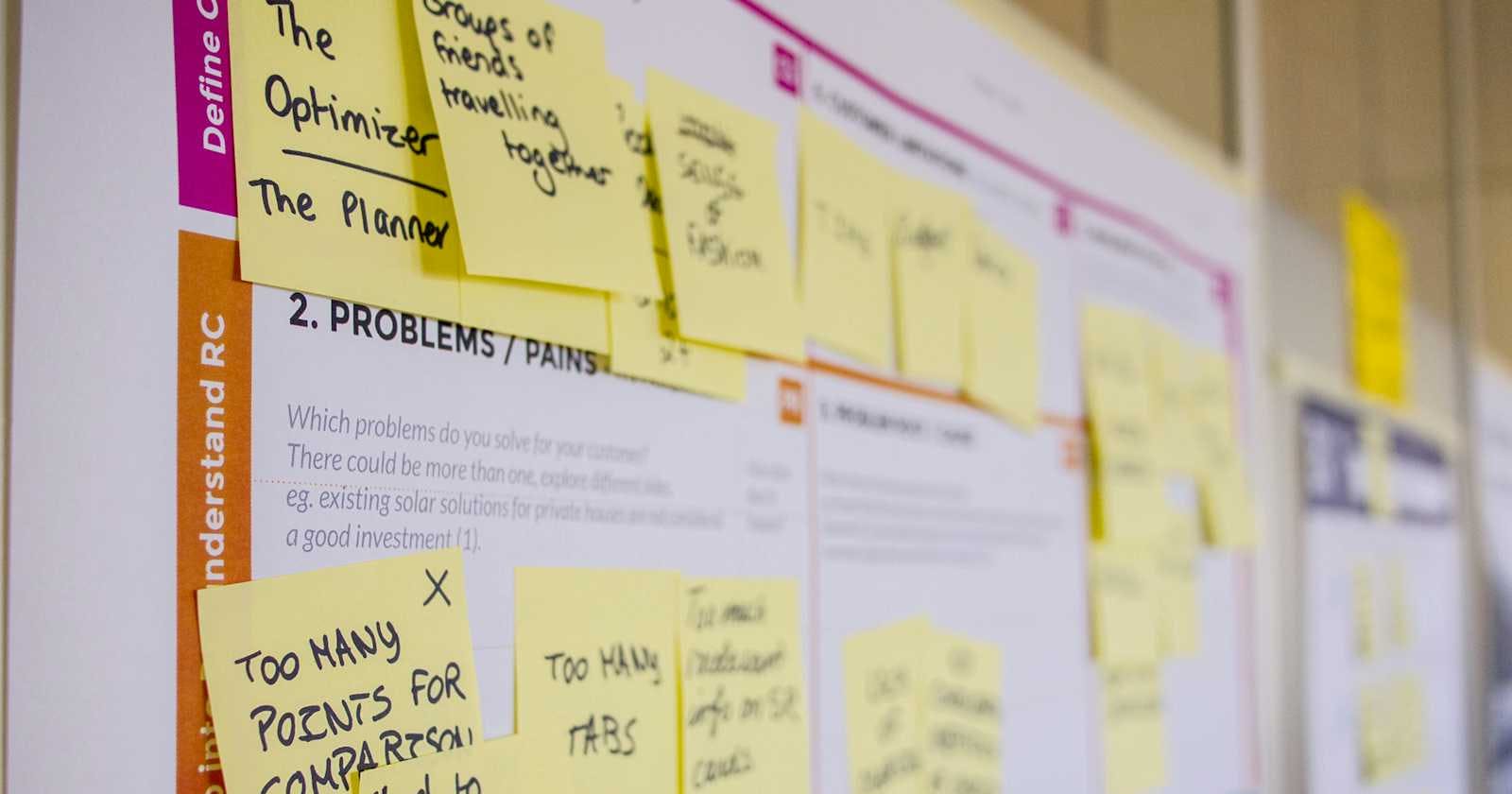
Photo by Daria Nepriakhina 🇺🇦 on Unsplash
Simplifying Jira Story Creation for Product Owners and Developers
Table of contents
- Understanding the Feature: The Foundation of Your Project
- Articulating the User Story: Your North Star
- Breaking Down Tasks: The Blueprint of Success
- Crafting a Dependency Diagram: The Web of Interconnectivity
- Turning Tasks into Jira Stories: From Vision to Reality
- Defining Acceptance Criteria: The Checklist of Completion
- Prioritizing and Estimating Stories: The Strategy of Execution
- Jira Stories Management: The Orchestra of Organization
- Review and Adapt: The Cycle of Improvement
Embarking on a new software feature project can be as thrilling as it is daunting. For product owners and developers alike, the challenge often lies in translating a grand vision into actionable tasks that a team can rally behind. This is where the art of creating Jira stories comes into play. These are not just tasks; they are the building blocks of your project’s success, each one a stepping stone towards your ultimate goal.
Understanding the Feature: The Foundation of Your Project
Imagine you are an architect. Before you draw the first line on your blueprint, you need a clear understanding of what you are building. The same goes for software features. You need to delve into the intended function, show the users, and clarify the benefits. This is not just a one-person job; it is a collaborative effort where product owners and developers come together to form a shared vision that will guide the entire project.
Articulating the User Story: Your North Star
Once you have a firm grasp on the feature, it is time to define it as a user story. Think of this as your north star, a beacon that keeps the project on course. It is a simple statement that encapsulates the essence of what you are trying to achieve from the user’s perspective. For example, “As a user, I want to filter products by category so I can easily find what I’m looking for.” This is not just a task; it is a promise of value to your users.
Breaking Down Tasks: The Blueprint of Success
With your north star shining brightly, you can start breaking down the feature into major tasks. This is where the blueprint starts to take shape. Each task is a critical part of the structure you are building. It is about outlining the primary chunks of work that, when completed, will bring your feature to life.
Crafting a Dependency Diagram: The Web of Interconnectivity
No task exists in isolation. Like a spider web, each strand is connected, and understanding these connections is crucial. A dependency diagram is your tool for visualizing how tasks are interconnected. It shows you which tasks need to be completed before others can begin, and which can be worked on simultaneously. This clarity is essential for efficient workflow and avoiding bottlenecks.
Turning Tasks into Jira Stories: From Vision to Reality
Now, it is time to get down to the practical details. Those major tasks you have outlined. They need to be split into smaller, more manageable parts aka stories. Each story is a part of the deliverable and should be able to be completed within a single sprint. It is about keeping the focus on user value and making sure every piece of the puzzle fits perfectly.
Defining Acceptance Criteria: The Checklist of Completion
Every Jira story needs a clear set of acceptance criteria. These are your checkpoints, the conditions that must be met for the story to be considered complete. They are specific, measurable, and testable, ensuring that nothing is left to interpretation. For instance, “When I select a category, only products from that category are displayed.” It is a simple, clear indicator of success.
Prioritizing and Estimating Stories: The Strategy of Execution
With your stories crafted, it is time to strategize. Prioritizing and estimating stories is about understanding their importance and the effort needed to complete them. It is a delicate balance of value, dependencies, and resources. How you quantify the estimate will be a standard set by your team or organization. Techniques like T-shirt sizes or story points are common examples of this.
Jira Stories Management: The Orchestra of Organization
Creating the stories is just the beginning. Managing them in Jira is where the orchestra comes to life. Each story is an instrument, and it is everyone's job to ensure they all play in harmony. This means adding them to your backlog, planning your sprints, and keeping a close eye on progress. It is about keeping the rhythm of productivity and the melody of success.
Review and Adapt: The Cycle of Improvement
After each sprint, take a moment to reflect. What worked well? What could be better? This review and retrospective are your opportunity to fine-tune your approach, to learn from the past and apply those lessons to the future. It is a cycle of continuous improvement that keeps your project moving forward, always striving for excellence.

